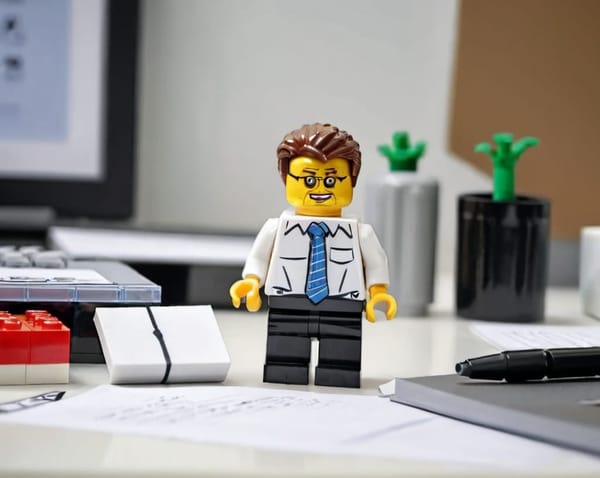Reputation Building
Success means connecting with the wider team. There is no right way to do this, but many wrong ways. Investing in the small things can pay huge dividends.

Time to tell a story.
In late 2009, I jumped from a company that made industrial measurement and test equipment, to a company that made enterprise software. For me, the transition was from a hardware product world to a pure software play, and the group I was joining had just started their Agile transformation. As such, it was fortuitous to join at this time, and to be part of bringing scrum based agile.
Not long after joining, I threw myself into building, maintaining and presenting the backlog to the team, and we began our first iteration. We had settled on three-week sprints, and the team was still getting their bearings.
After the first iteration end, and the demonstration, the retrospective, and the planning for the second iteration, it was a long day. I recall us finishing up around 4:00PM, and I flippantly said to the team that I was headed to TGI Fridays for a beer, and anyone who wanted to join me was welcome, and that I was paying.
That first day, two people joined me, one of the software developers, and our documentation person.
As time went on, more and more of the team would join me for our celebratory Happy Hour, until it was pretty common that 12 to 15 of the team (out of about 20) would walk over with me.
We built friendships, trust, and camaraderie. Here was the vaunted Product Manager hobnobbing with the developers and QA team.
After a few weeks, I began expensing it (my boss insisted), and I don’t think it ever got about $200 for the drinks and appetizers.
At one point, we were looking to cut expenses, and my boss questioned whether this was worth the spend. My peer, the director of engineering told my boss that this was worth it, and the practice continued.
The Benefit
This had real world implications. In the way back, when the system was being originally built, the software team included a library to handle 1 bit imaged (aka black and white TIFF image handling and transformation). The decision to use this library made sense in the early 1990’s as it was needed, but it wasn’t a core competency, so the decision to compile in this commercial library was a no brainer (and in fact, as a Product Manager, I was glad that made that decision).
But, in 2011, that company that we licensed the library from for a couple dollars per license we sold, was purchased by a competitor. Suddenly, the price per unit of the main software was increased to $600.
Naturally, this was ridiculous for such a simple function.
I sat down with the Director of Engineering, and our software architect, and while we had to break an iteration, we had written a function to handle the image display and transformation in 2 days that prevented the need to continue the use of then prohibitively expensive 3rd party library.
I am convinced that the strong relationship that I built and fostered with the team, day in and day out, helped them pull out the stops to “fix” our issue.
Worth every penny, and every minute I put into the team.




